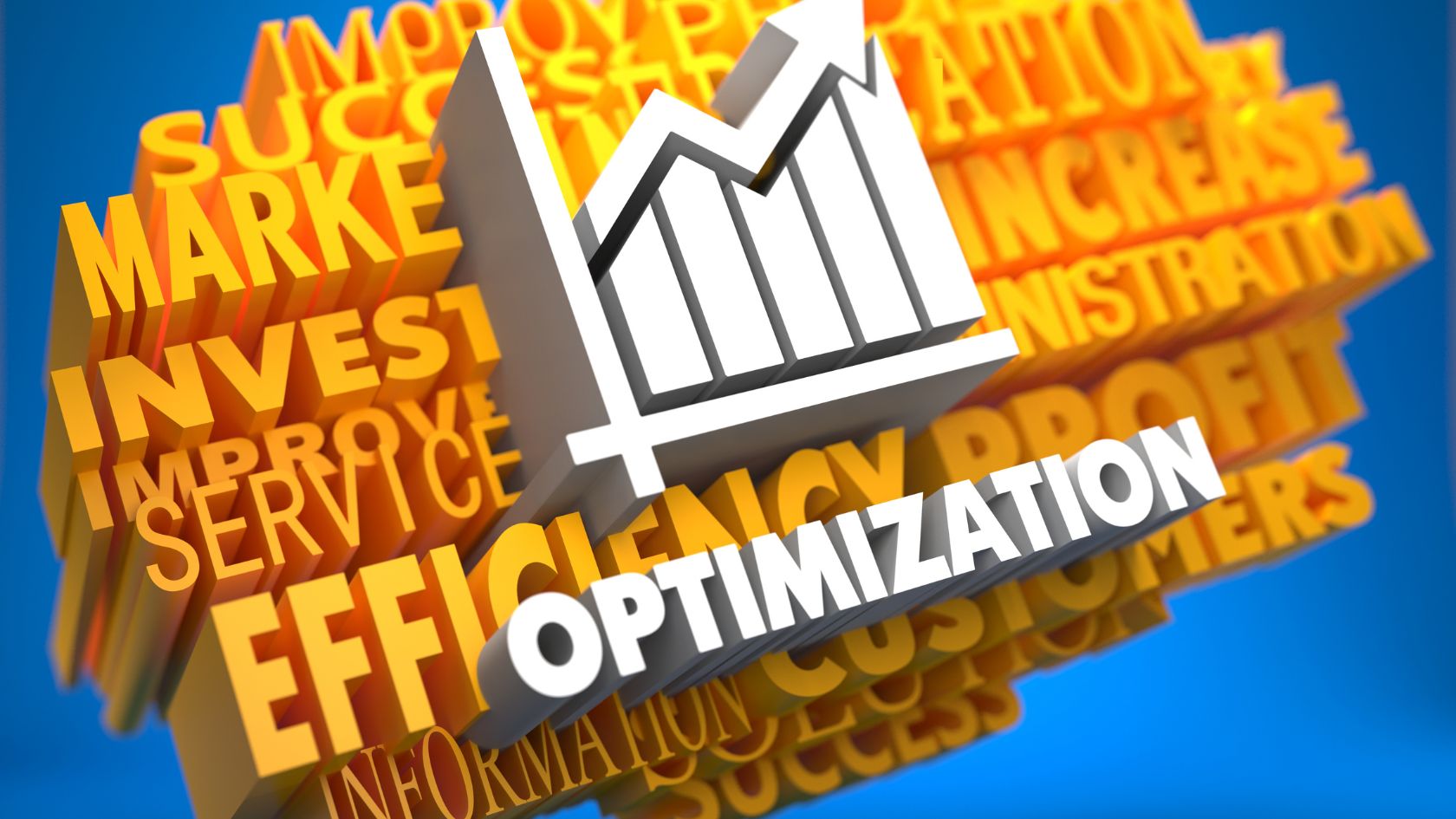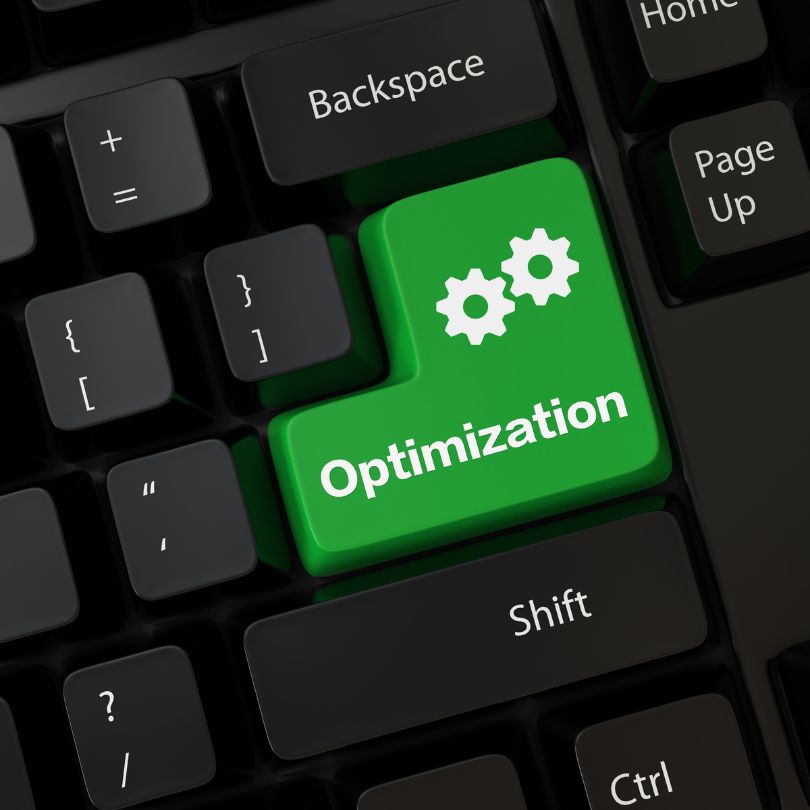
Proven Strategies for Optimizing Affiliate Site Load Speed in 2025

Optimizing affiliate site load speed is crucial for maximizing conversions and improving user experience in today’s competitive digital landscape. When visitors encounter slow-loading pages, they’re likely to abandon your site before seeing your carefully crafted affiliate offers. This comprehensive guide explores practical techniques to accelerate your affiliate website’s performance, enhance user engagement, and boost your conversion rates through improved loading times.
Why Affiliate Site Speed Matters More Than Ever
In the affiliate marketing world, every second counts. Research shows that a mere one-second delay in page response can reduce conversions by 7%. For affiliate marketers, this translates directly to lost commissions. Beyond conversions, website speed has become a critical ranking factor for search engines, affecting your organic visibility and traffic potential. Fast-loading affiliate sites create positive user experiences, leading to longer visit durations and increased chances of affiliate link clicks.
Identifying Speed Issues on Your Affiliate Site
Before implementing optimization strategies, you need to diagnose existing performance issues:
1. Use Speed Testing Tools
- Google PageSpeed Insights: Provides performance scores and specific recommendations
- GTmetrix: Offers detailed waterfall analysis of loading elements
- WebPageTest: Allows testing from different locations and devices
2. Analyze Key Metrics
- First Contentful Paint (FCP): When the first content appears
- Largest Contentful Paint (LCP): When the largest content element becomes visible
- Time to Interactive (TTI): When users can interact with your page
- Total Blocking Time (TBT): Measures responsiveness during page load
Pro Tip: Run speed tests during peak traffic hours to get realistic performance data that reflects your actual user experience.
Essential Image Optimization Techniques for Affiliate Sites
Product images are vital for affiliate marketing success, but they often contribute significantly to slow loading times. Implement these image optimization strategies:
1. Compress Images Without Quality Loss
Use tools like TinyPNG, ShortPixel, or Squoosh to reduce file sizes while maintaining visual quality. For affiliate product showcases, this balance is crucial.
2. Implement Lazy Loading
Only load images as users scroll down to them, prioritizing above-the-fold content. This is particularly effective for affiliate sites with multiple product sections.
3. Use Next-Gen Formats
Convert images to WebP format, which provides superior compression and quality compared to JPEG and PNG. This can reduce image sizes by up to 30%.
4. Specify Image Dimensions
Always include width and height attributes in your HTML to prevent layout shifts during page load, improving Core Web Vitals scores.
Optimizing Code and Resources
Clean, efficient code forms the foundation of a fast-loading affiliate site. Many professional content creators focus on visual elements but overlook code optimization. Consider these techniques:
1. Minify CSS, JavaScript, and HTML
Remove unnecessary characters, whitespace, and comments to reduce file sizes. Tools like Terser for JavaScript and CSSNano for CSS can automate this process.
2. Implement Critical CSS
Inline critical styles needed for above-the-fold content, allowing the page to render quickly while the rest of the CSS loads asynchronously.
3. Reduce JavaScript Dependencies
Audit and remove unnecessary third-party scripts, especially those from affiliate tracking platforms that aren’t delivering value. Consider consolidating tracking pixels where possible.
4. Optimize Web Fonts
Limit font variations and weights, use system fonts where appropriate, and implement font-display:swap to prevent font-based rendering delays.
Leveraging Browser Caching and CDNs
Proper caching configuration can dramatically improve repeat visits to your affiliate site:
1. Set Appropriate Cache Headers
Configure browser caching with appropriate expiration times:
- Static resources (images, CSS): 1 year
- Third-party scripts: 1 week to 1 month
- Dynamic content: Shorter durations or no-cache
2. Implement a CDN
Content Delivery Networks distribute your affiliate site’s static assets across global servers, reducing latency for international visitors. Popular options include Cloudflare, BunnyCDN, and Amazon CloudFront.
3. Use Browser Hints
Implement preload, prefetch, and preconnect directives to inform browsers about critical resources they should load early.
Server Optimization for Affiliate Sites
Your hosting environment significantly impacts site speed:
1. Choose Appropriate Hosting
Shared hosting may be insufficient for high-traffic affiliate sites. Consider VPS, cloud hosting, or managed WordPress hosting specifically optimized for affiliate marketing needs.
2. Enable GZIP Compression
Compress text-based resources before sending them to browsers, reducing transfer sizes by up to 70%.
3. Implement Server-Side Caching
Use Redis or Memcached to store database queries and rendered pages, reducing server processing time for repeat requests.
4. Optimize Database Queries
For database-driven affiliate sites, optimize queries, create appropriate indexes, and regularly clean up unnecessary data.
Mobile Optimization Strategies
With mobile traffic dominating many affiliate niches, mobile optimization is essential:
1. Implement Responsive Design
Ensure your affiliate site adapts seamlessly to all screen sizes without separate mobile versions that could slow loading.
2. Prioritize Mobile-First Indexing
Design your site with mobile users as the primary audience, then enhance for desktop rather than the reverse.
3. Simplify Mobile Navigation
Streamline menus and interaction elements to improve both usability and performance on smaller screens.
Advanced Speed Optimization Techniques
For affiliate marketers seeking maximum performance, consider these advanced strategies:
1. Implement HTTP/2 or HTTP/3
These protocols allow multiple requests to share a single connection, significantly reducing latency.
2. Use Static Site Generation
Consider frameworks like Gatsby or Next.js that pre-render pages at build time, eliminating server processing delays.
3. Optimize Third-Party Embeds
Load affiliate widgets, comparison tables, and other interactive elements asynchronously or on-demand to prevent them from blocking initial page render.
4. Utilize specialized affiliate marketing tools for performance
Some affiliate platforms offer optimized widgets and tracking solutions designed specifically for performance.
Measuring Impact and Continuous Improvement
Speed optimization is an ongoing process:
1. Monitor Real User Metrics
Use tools like Google Analytics’ site speed reports or more specialized RUM solutions to track actual user experiences.
2. A/B Test Performance Changes
Measure the impact of speed improvements on conversion rates to prioritize future optimizations.
3. Create a Performance Budget
Establish limits for page size, request counts, and timing metrics to prevent performance regression as you add new affiliate offers.
Conclusion
Optimizing affiliate site load speed is not merely a technical exercise—it’s a direct investment in your business’s profitability. By implementing the strategies outlined in this guide, you’ll create a faster, more responsive affiliate site that ranks better in search results, provides superior user experiences, and ultimately drives higher conversion rates. Remember that speed optimization is an ongoing process that requires regular monitoring and refinement as your affiliate business grows and evolves.
Start by addressing the most impactful issues first, typically those affecting your largest content elements and initial page rendering. Then progressively implement additional optimizations based on their potential ROI. With consistent attention to performance, your affiliate site will gain a significant competitive advantage in today’s speed-conscious digital marketplace.